It might be time for Colorado’s cannabis consumers to think outside the three-strain box.
The three-strain cannabis categorization system has been around for as long as anyone in Colorado can remember. We’ve grown accustomed to walking into our favorite Colorado dispensaries and selecting either sativa, indica, or hybrid strains.
And for a long time, breaking strains into three categories worked (sort of). Humans like simple answers and easy options. Knowing that an indica would land you firmly “in the couch,” A sativa strain could get you off the couch, and a hybrid would drop you somewhere in the middle, made selecting products relatively simple.
But most of us have discovered things are a tad more complicated. Have you consumed an indica that left you anxiously counting sheep, a sativa that crushed your daytime productivity, or a hybrid as unpredictable as Colorado’s weather?
Speaking to WeedMaps in 2019, Alex Revich, Director of Partner Education at Flowr, a Canadian cannabis cultivator, said, “What we’ve known for a while is that really, the only thing that indica and sativa tell you for sure is the size of the plant and what the plant looks like.”
It’s time for real talk: classifying cannabis in three categories is limiting and impractical.
We don’t want to complicate your decision-making, but there is a better way to find the right strain.
How should we talk about cannabis?
Cannabis, as it turns out, is more complicated than any of us could have guessed. And with a 5,000-year history of human consumption and scant research, there’s a lot to be discovered.
Still, through limited scientific exploration, we’ve learned enough to know that the range of effects provided by marijuana is influenced by factors outside the properties of just three strains.
Many Colorado marijuana dispensary customers are familiar with cannabinoids – chemical compounds responsible for most of the effects of cannabis. On the other hand, terpenes, which also factor into the universe of potential cannabis effects, are still mostly unfamiliar.
You can skip the three-strain debate and use your nose as a guide because of terpenes, the fragrant oils coating our favorite plant.
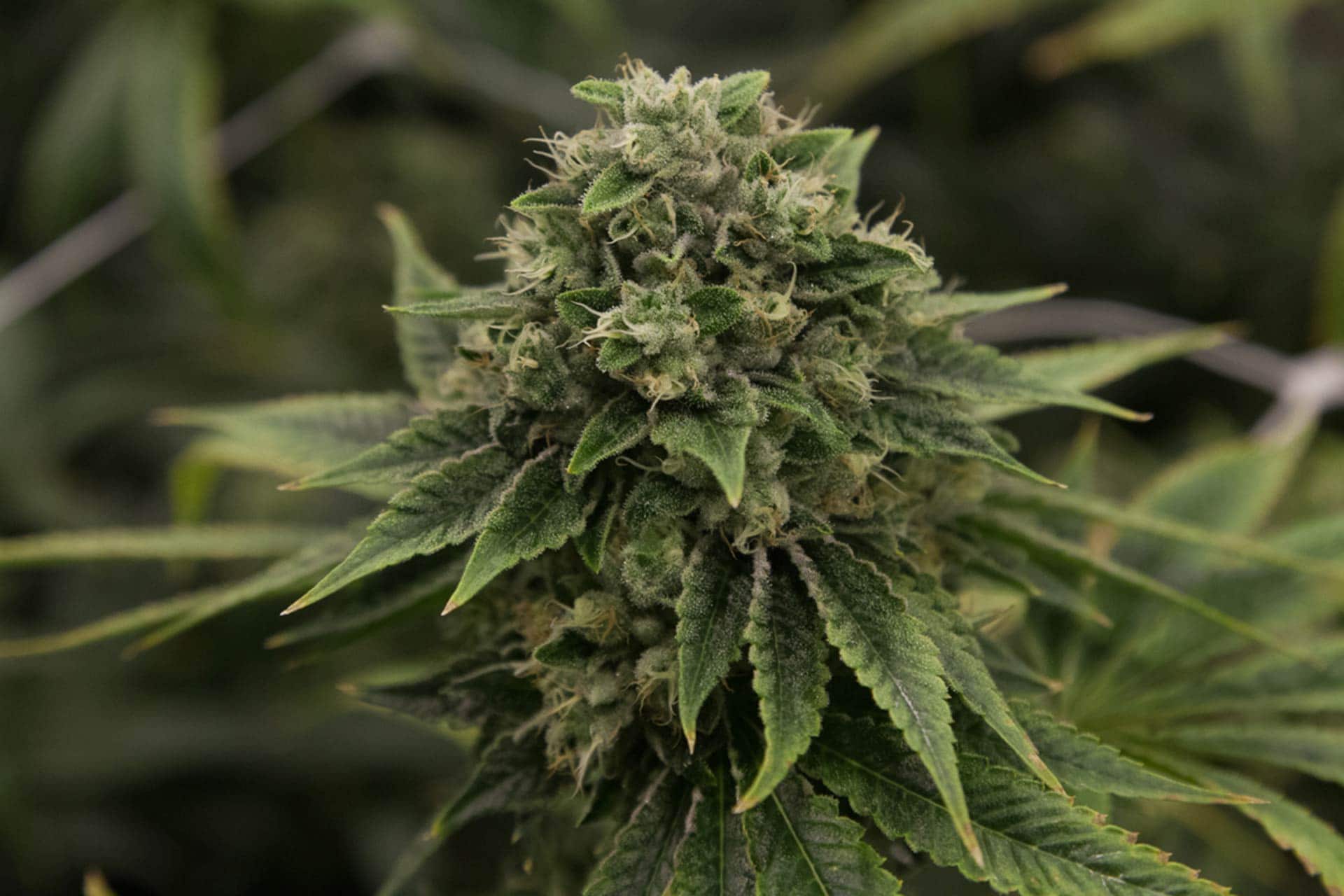
What do cannabis terpenes do?
Indica, sativa, and hybrid are simple ways to classify weed, but cannabis terpene profiles are a better indicator of how your body will react.
Researchers are only starting to understand the effects of specific terpenes, but, from observational data, we know that some are uplifting antidepressants (linalool). Others, boost memory (alpha-pinene), and a few can help you get to sleep at night (myrcene).
Still, without the genetic makeup of each strain listed on flower containers or edibles packaging, it’s hard for most of us to predict how a strain will act, which is why the three-strain system prevails.
But, as we’ve already pointed out, your sense of smell can be an asset in selecting a new product at your favorite Denver dispensary.
Citrusy strains are often associated with anxiety relief, while those with piney aromas tend to offer anti-inflammatory effects, and earthy-scented strains can suppress an insatiable appetite.
The scent-focused approach to selecting your new favorite strain isn’t an exact science, but it’s a helpful way to move beyond the basics of sativa, indica, and hybrid.
Here are a few common terpenes we think you should know:
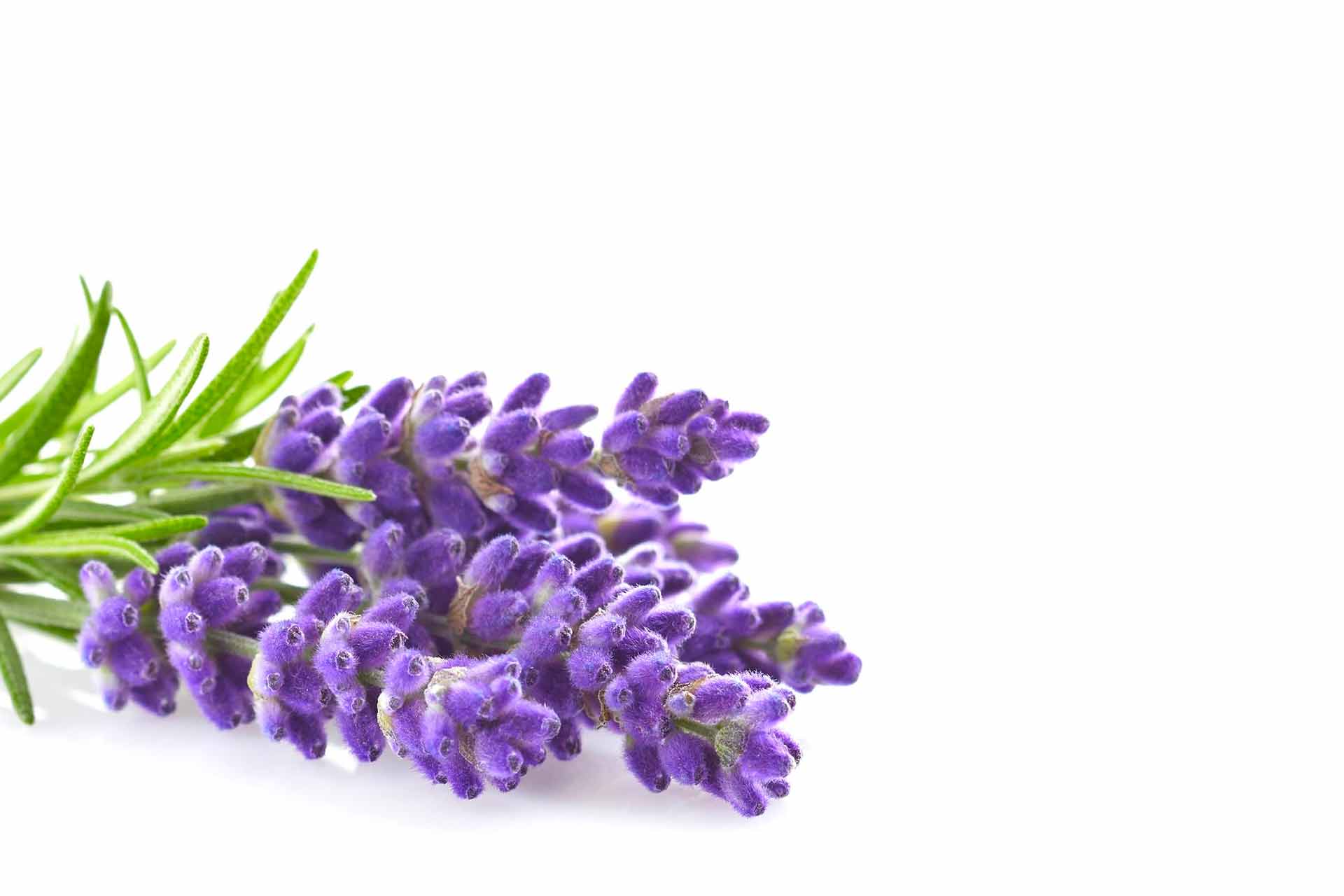
Linalool
Cannabis flower packed with linalool can smell like a Colorado wildflower meadow. It’s a fresh and fragrant terpene useful for consumers in need of serious stress and pain relief. Linalool is a potent anti-inflammatory, anti-anxiety, and anticonvulsant, and it helps you maintain a sunny disposition.
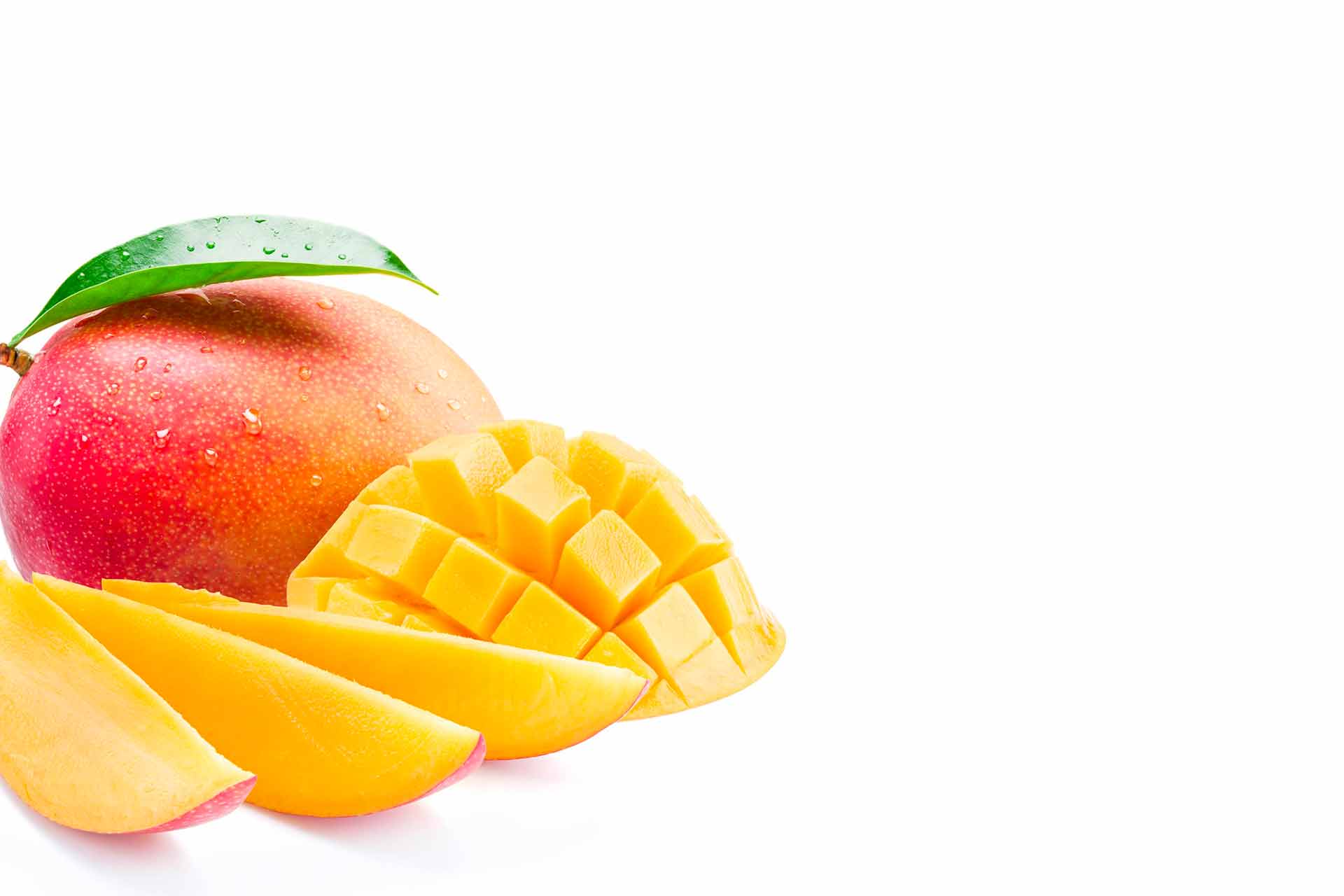
Myrcene
Myrcene is the most common cannabis terpene and gives weed its hoppy smell and taste (it’s also in hops, which is why many beers are hoppy). Famous for its sedating effects (couch-lock), myrcene is ideal for deep relaxation, insomnia, and general stress relief.
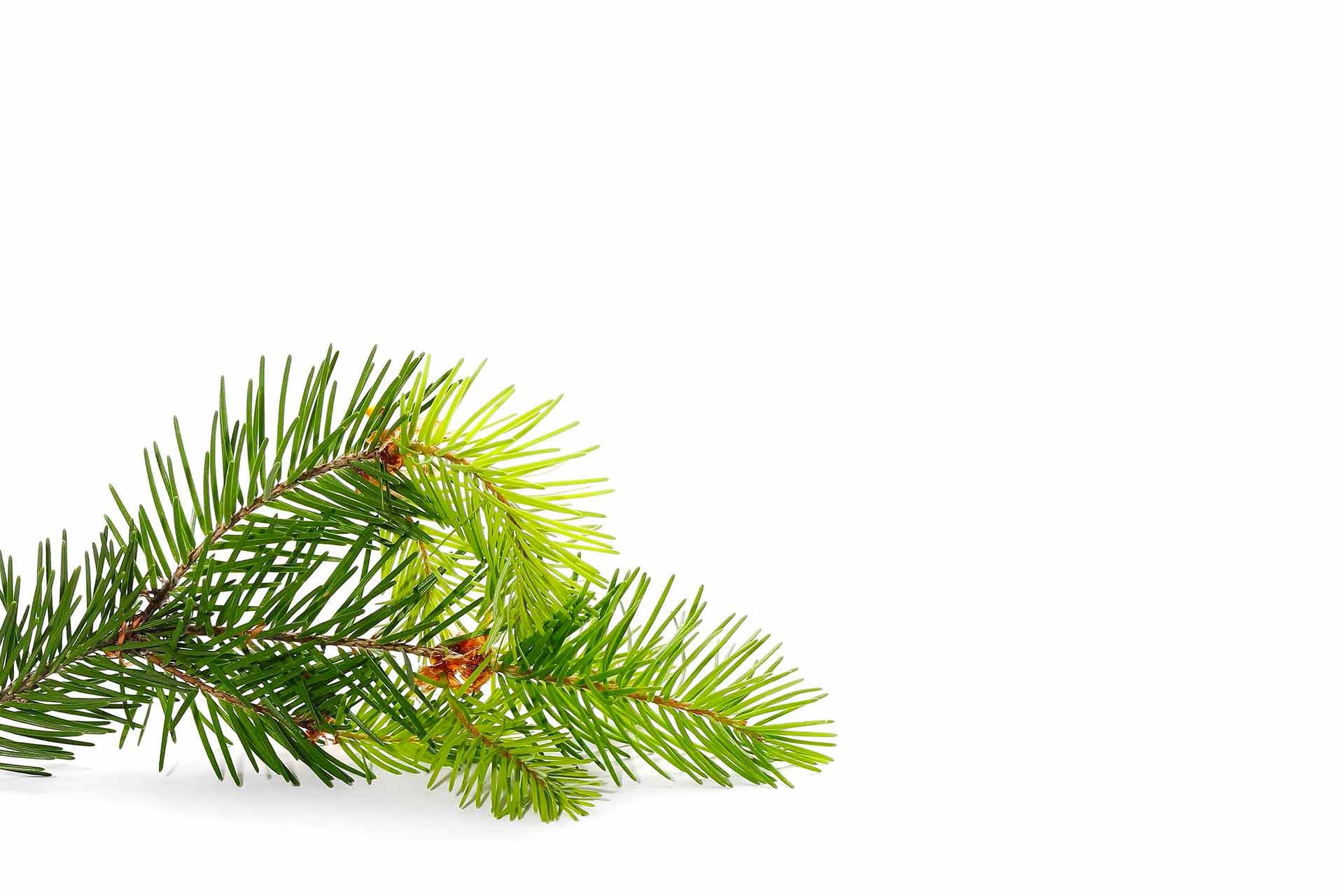
Pinene
Get ready, this is confusing. There are two forms of pinene – beta-pinene (b-pinene) and alpha-pinene (a-pinene). And as you might have already guessed, pinene gives many strains their characteristic evergreen tree aroma. But there are subtler fragrances of parsley, dill, rosemary, and basil, too. Both forms of pinene give an energetic and clear-headed high (it’s also anti-inflammatory).
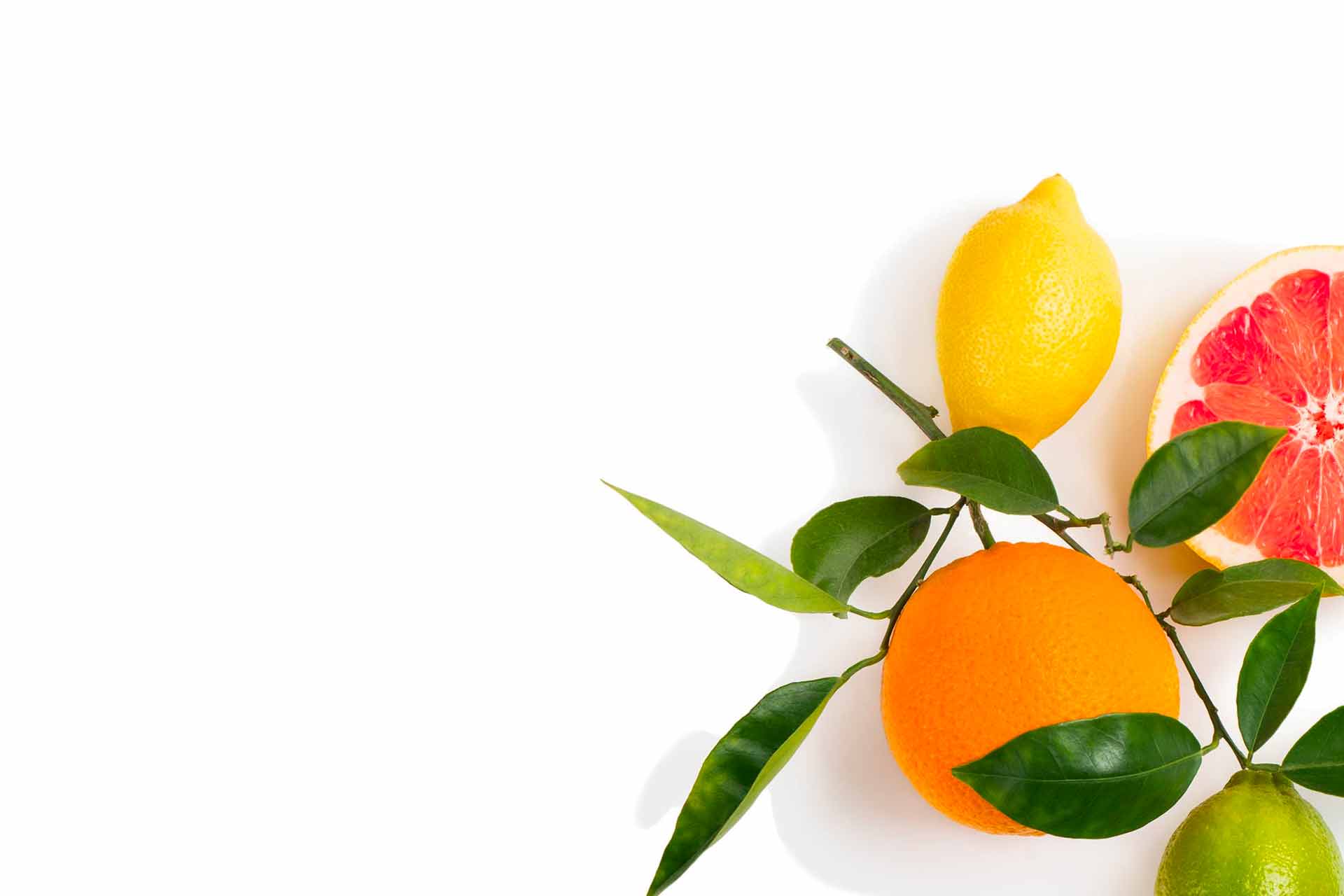
Limonene
As the name suggests, limonene has a pungent citrus aroma – it’s a powerful tool to fight against anxiety, depression, and stress. Limonene is energizing and uplifting, which explains why most Colorado dispensary shoppers associate this common terpene with sativa strains. But, cannabis is a chameleon – a sativa can sometimes act like an indica.
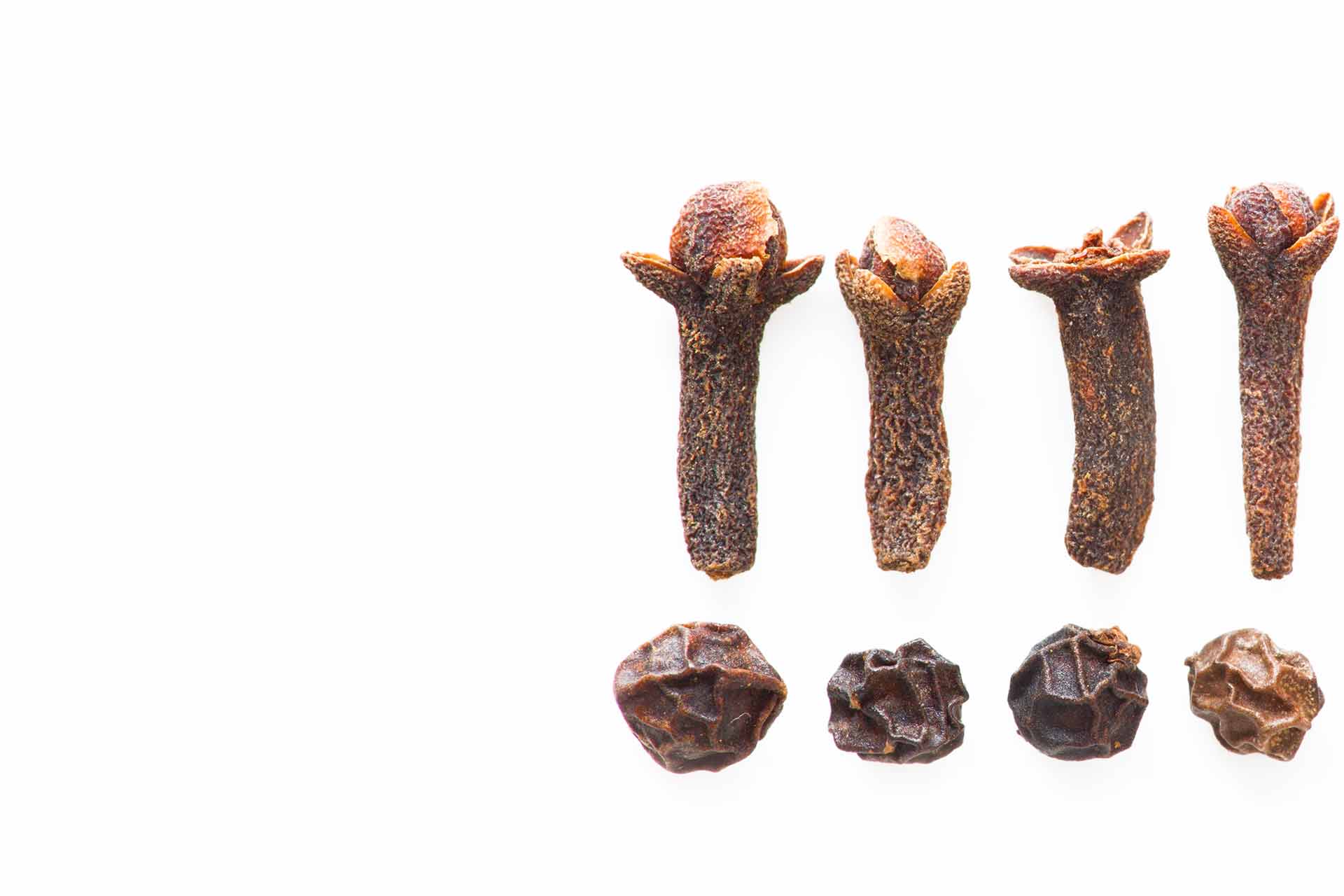
Caryophyllene
Peppery, spicy, and earthy, caryophyllene, is often found in OG strains and is helpful for patients with autoimmune disorders and Crohn’s disease. It’s also a friend to people who frequently experience IBS (irritable bowel syndrome), and ulcers.
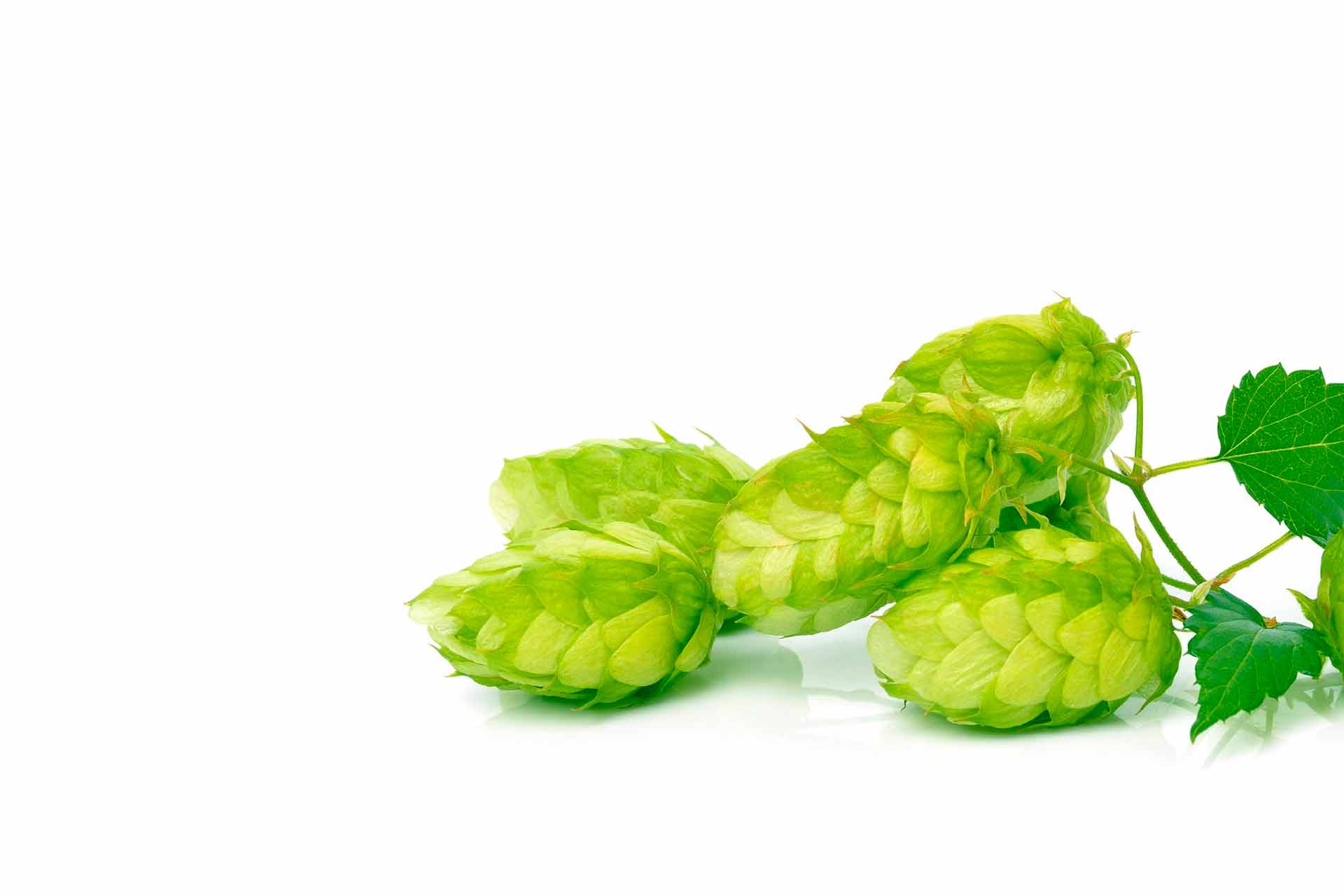
Humulene
Humulene has a bouquet reminiscent of basil, hops, and clove. It’s known for its appetite suppressing qualities, as well as its anti-bacterial and anti-inflammatory effects. Strains high in humulene are less likely to give you the munchies, which is a good thing to remember if you’re prone to clearing the pantry.
Indica, sativa, and hybrid: the debate rages on.
Is it time to end the three-strain debate? Probably not. But, it is time for Denver dispensary shoppers to open their minds (and nostrils) to a more mature process of strain selection. And if everything we’ve said is confusing, we get it. This a complicated topic – that’s why our budtenders are here to guide you.